The province's traditional mulberry growing, silkworm raising, silk reeling, and weaving professions have existed for hundreds of years. At its peak, hundreds of hectares of mulberry were planted on the banks of the Dao and Ninh Co rivers in Nam Truc, Hai Hau, Xuan Truong, and Truc Ninh districts; bringing in a good income for farmers. However, the province's sericulture profession is increasingly shrinking and at risk of disappearing, although it is still considered an industry with a fairly high economic value. The Department of Agriculture and Rural Development (DARD) and localities are implementing many solutions to restore this traditional profession that is both highly valuable and rich in cultural identity.
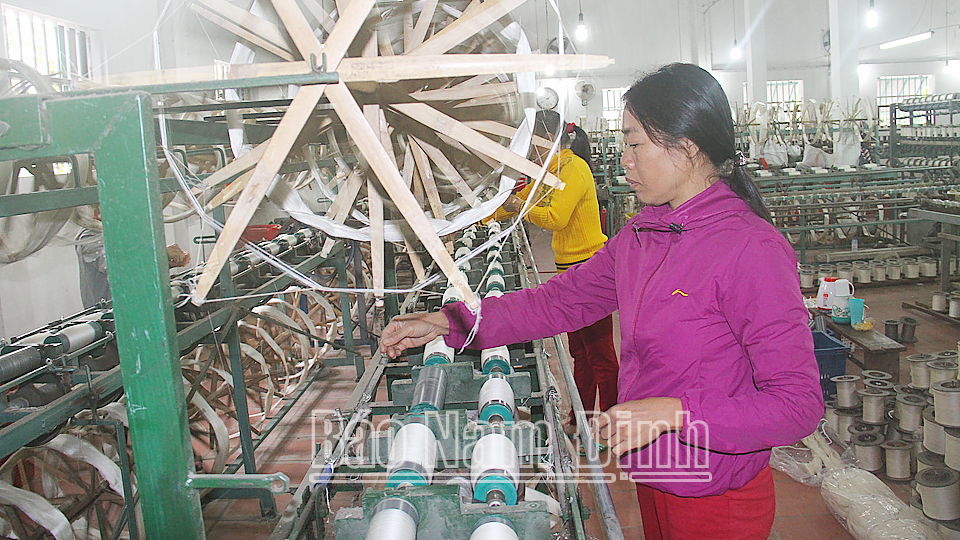 |
| Silk spinning and weaving at Co Chat craft village, Phuong Dinh commune (Truc Ninh). |
Ups and downs of silkworm industry
Located downstream of many large rivers, Nam Dinh has many fertile alluvial lands that are very suitable for mulberry trees. Perhaps that is one of the reasons why mulberry growing and silkworm raising in these rural areas developed very early with many famous craft villages such as: Co Chat village, Phuong Dinh commune (Truc Ninh); Dai An village, Nam Thang commune (Nam Truc); Hanh Thien village, Xuan Hong commune (Xuan Truong)... Since the French colonial period, the unique silkworm raising, cocoon spinning and silk reeling techniques of Nam Dinh workers have created high-class silk in the Vietnamese silk industry; in which, Co Chat village is considered the place to make the most beautiful silk. French capitalists invested in building a silk reeling factory in the village to exploit the skilled labor skills of local people and the potential of the mulberry area along the Ninh Co river. Merchants from all over came to Co Chat to buy silk to sell at Do Che wharf, a bustling port of Nam Dinh before 1945. According to the book History of Phuong Dinh Commune Party Committee, in 1942, Mr. Pham Ruan, a native of Co Chat village, brought silk to compete at the open auction in Thang Long Citadel and won a high prize awarded by the Office of the Prime Minister of Bac Ky. Mulberry growing, silkworm raising, silk reeling, and silk weaving were considered "one capital, four profits", bringing many jobs and income to the people and creating a unique regional culture. At its peak (1980s), Nam Dinh silk was exported to many countries around the world such as India, Thailand, China... In the mulberry growing and silkworm raising villages, silkworm trays were arranged closely from the house to the kitchen. When it was time to harvest, people transported cocoons and silk to Nam Dinh Silk Weaving Factory, or transported it to Vu Thu district (Thai Binh) to sell.
However, the mulberry growing, silkworm raising, and hand-weaving silk industries also face fluctuations like many other traditional industries from raw material production to product consumption when integrating into the fiercely competitive world market as well as the inherent limitations of the local industry such as lack of initiative in production materials, outdated technology and equipment... On the other hand, climate change has a significant impact on the growth quality of mulberry trees and silkworms; the shift of labor between industries and fragmentation in production organization lead to limited resilience and flexibility of producers... According to data from the Department of Agriculture and Rural Development, in recent years, the mulberry and silk industry in the province has been on a downward trend. Before 2018, mulberry and silk were grown and produced in 6 districts/cities; by 2019 and 2020, it had decreased to 3 districts; From 2021 to now, it is only concentrated in 2 districts: Truc Ninh and Xuan Truong. In the period of 2019-2023, the mulberry growing area decreased at an average rate of 2%/year; accordingly, the silkworm cocoon output decreased by an average of 0.2%/year. In 2023, the mulberry growing area is estimated at 69 hectares, the output is estimated at 1,449 tons, the silkworm cocoon output is estimated at 25 tons; chain linkages in the silkworm production industry have not been formed. In the province, there are no large enterprises acting as the focal point to create linkages according to the production value chain associated with the processing and consumption of silk products, leading to the number of mulberry growing and silkworm raising facilities in the province decreasing.
What is the solution to revive the sericulture industry?
In 2022, with the message "shining with true value", Silk Chat silk garment products of Co Chat Silk Cooperative, Phuong Dinh commune (Truc Ninh) were recognized as meeting the 4-star OCOP product standards. Silk Chat is a garment product whose entire process from raw materials to finished products is produced using traditional manual methods in the craft village. Comrade Pham Ngoc Toan, Vice Chairman of Phuong Dinh Commune People's Committee, said: The successful establishment of OCOP certification for Silk Chat silk garment products brings good income to cooperative members, opening up a direction for the restoration and development of the local traditional profession. The product is currently widely consumed both domestically and internationally. This further affirms the value and development opportunities of the province's famous mulberry, silk and silk craft. However, the efforts of Phuong Dinh Commune People's Committee, Co Chat Silk Cooperative and people in the commune are only "kindling" to preserve the craft within the village and commune. Reviving the mulberry growing and silkworm raising profession on a large scale in localities where the profession once developed well still requires fundamental solutions from the authorities.
According to the professional agency, Nam Dinh has a tradition and many advantages to develop mulberry cultivation, silkworm breeding, silk reeling, and silk weaving. Mulberry cultivation and silkworm breeding have many advantages such as: low investment, quick income and high economic efficiency; the job is suitable for workers of many ages and levels. The raw material for silkworm breeding is mulberry trees, which are very suitable for growing in alluvial land along the river. The silkworm cocoons produced by the people in the province are sold out as soon as they are produced, but are currently not enough to meet the quantity requirements of silk reeling and silk weaving facilities in the province. The domestic and international market for silk products is gradually stabilizing due to clearly segmented consumer tastes, requiring products with natural raw materials. Therefore, the preservation and development of the mulberry and silk weaving profession has many opportunities for development.
In order to restore and develop the province's silkworm industry in the direction of effective and sustainable production, forming a stable silkworm material area, linking mulberry cultivation, silkworm rearing, silk reeling and weaving with environmental protection and promoting indigenous culture, the Department of Agriculture and Rural Development has conducted a survey and re-evaluated the current situation of mulberry cultivation, silkworm rearing, the supply and use of silkworm breeds and mulberry silk production. At the same time, it has identified two basic factors that need to be focused on: promoting the application of science and technology to improve the productivity and quality of mulberry trees, silk reeling as well as silkworm care and increasing income for mulberry growers and silkworm breeders. Therefore, in the immediate future, the Department will strengthen training solutions and technical training for mulberry growers and silkworm breeders; promote support for people to apply science and technology, improve existing mulberry and silkworm breeds; inherit and develop the production of new mulberry and silkworm breeds with high productivity and quality, ensuring mulberry production in localities. Orienting people to develop mulberry and silkworm production using science to ensure traceability of product origin and safety, improve productivity and product quality, and meet customer requirements. At the same time, encouraging silkworm and silk weaving enterprises to organize production according to a chain from building raw material areas, being responsible for supplying seeds and raw materials for production, to purchasing products from silkworm breeders.
In addition, the Department of Agriculture and Rural Development also advised the Provincial People's Committee to recommend central ministries and branches to have policies to support and encourage the restoration of the mulberry and silk industry. Build a system of standards and technical regulations for mulberry products, closely monitor the product quality management system. Transfer to localities the following technologies: crossbreeding new generation high-yield mulberry and silkworm varieties; high-yield mulberry cultivation techniques; silkworm farming technology in air-conditioned conditions, silkworm farming on flat shelves to suit the ever-changing weather and climate conditions of our country; silk processing techniques and products with high added value./.
Article and photos: Nguyen Huong
Source



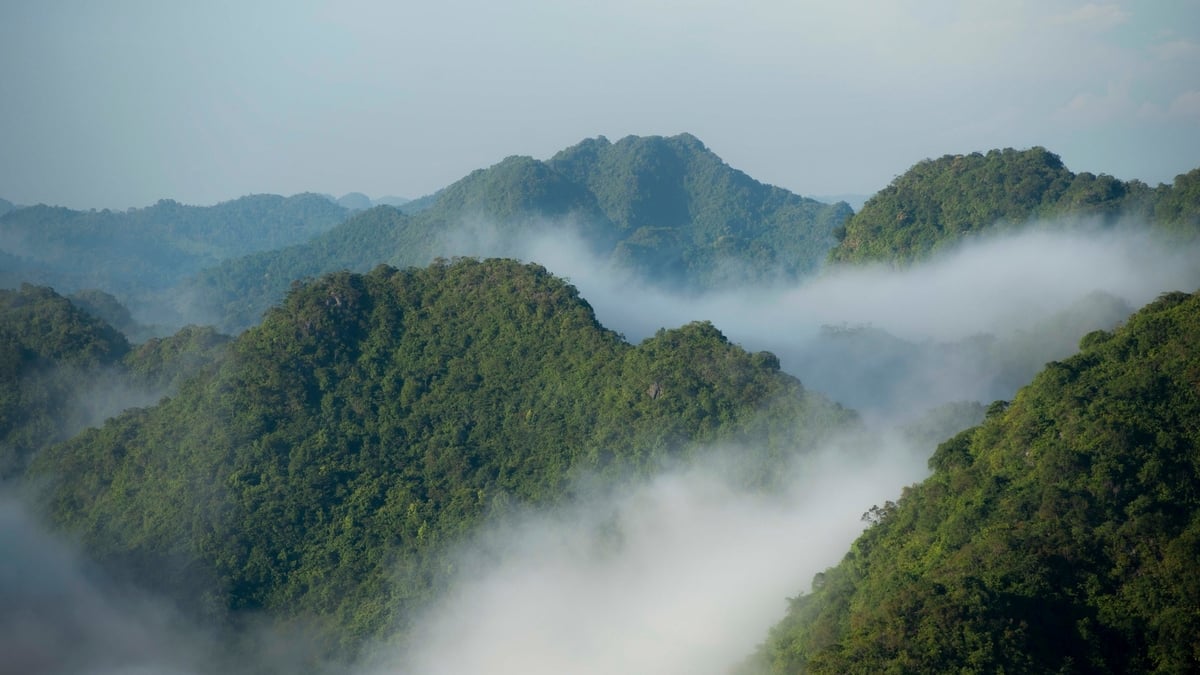

















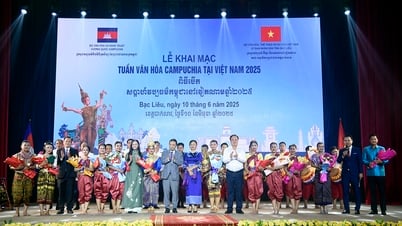
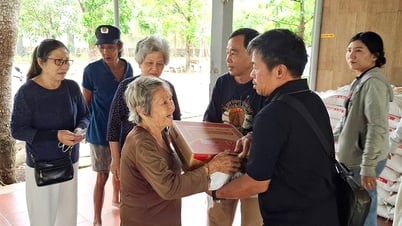


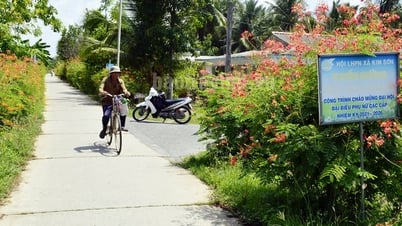











![[Photo] Prime Minister Pham Minh Chinh receives leaders of several Swedish corporations](https://vphoto.vietnam.vn/thumb/1200x675/vietnam/resource/IMAGE/2025/6/14/4437981cf1264434a949b4772f9432b6)



























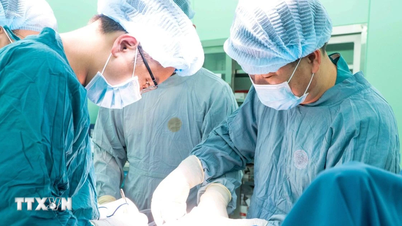































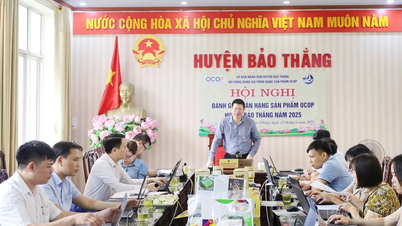




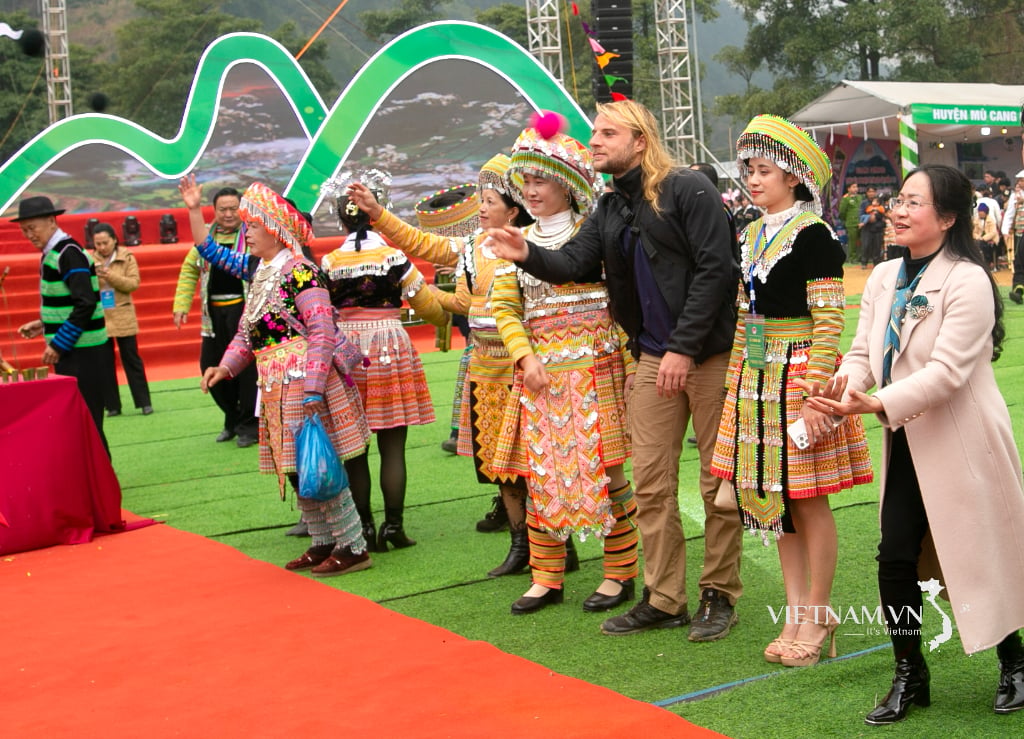

Comment (0)